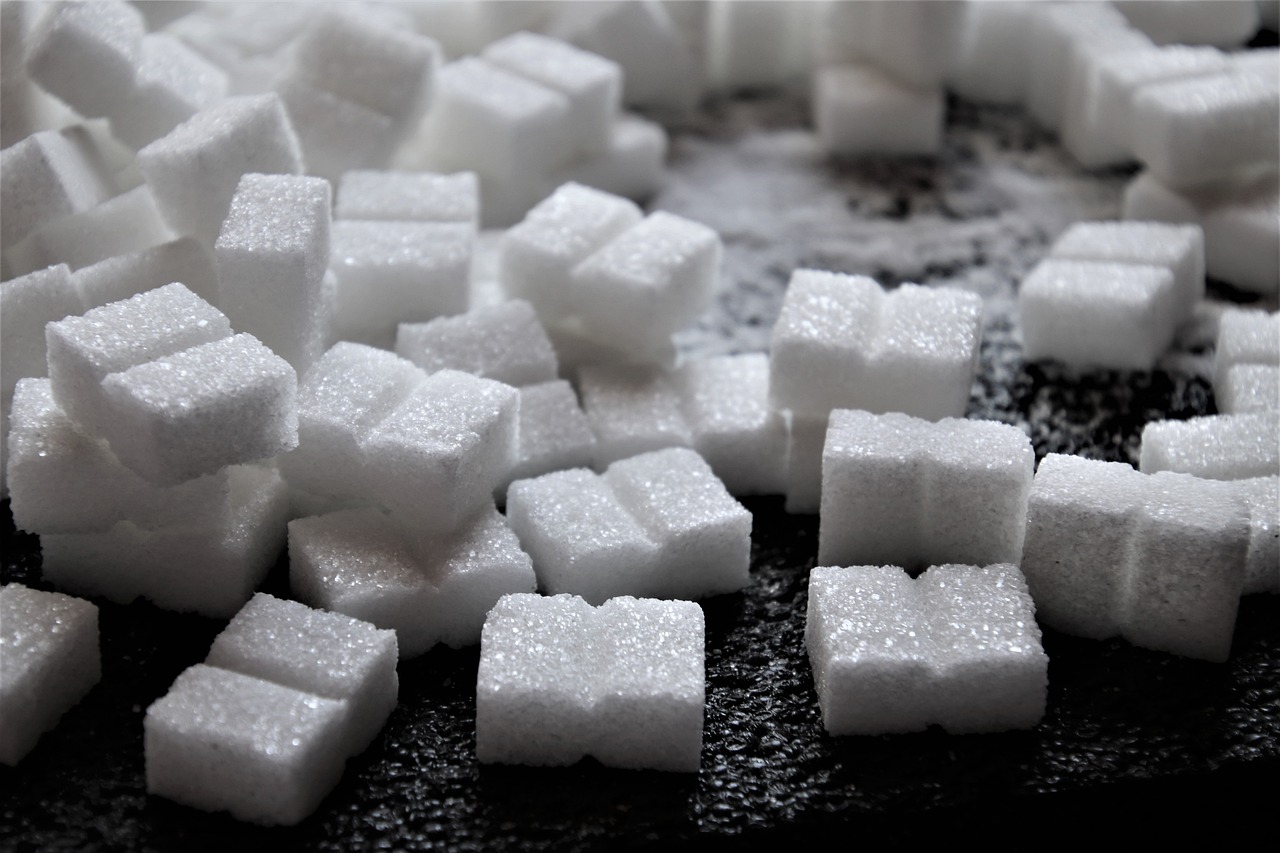Sugar has become a ubiquitous part of modern diets, hidden in everything from processed snacks to beverages and even savory dishes. While it may offer a momentary pleasure, the long-term effects of excessive sugar consumption are alarming. Over time, sugar can lead to serious health conditions such as obesity, diabetes, and heart disease. For many, sugar isn’t just a treat—it becomes an addiction. Breaking free from this addiction doesn’t have to be overwhelming, though. With the right mindset and strategies, reducing sugar intake can be both manageable and empowering.
Why Sugar is Addictive: The Science Behind It
Sugar triggers the brain’s reward center, releasing dopamine—the same neurotransmitter involved in pleasure and reward. This “feel-good” response can make us crave more, leading to a cycle of dependency. The more sugar consumed, the more the body becomes accustomed to this dopamine release, eventually needing higher amounts to achieve the same satisfaction.
Moreover, sugar causes rapid spikes and crashes in blood sugar levels. After an initial high, blood sugar levels plummet, triggering cravings for more sugar to regain energy and mental clarity. This rollercoaster effect can keep you in a constant cycle of sugar consumption and craving.
Signs You May Have a Sugar Addiction
Recognizing the signs of sugar addiction is the first step in breaking free from it. Common symptoms include:
- Frequent cravings for sweet foods, especially after meals
- Mood swings and irritability when sugar intake is low
- Feeling fatigued or sluggish, particularly after consuming sugary snacks
- Difficulty saying no to sweets, even when you’re full
- Inability to stop eating sugary foods once you’ve started
If these signs sound familiar, it may be time to reassess your relationship with sugar and explore healthier habits to curb cravings.
How to Break Free from Sugar Cravings
Gradually Reduce Sugar Intake
Abruptly eliminating sugar from your diet can be overwhelming and lead to withdrawal symptoms such as headaches, fatigue, or irritability. A more effective approach is to gradually reduce sugar intake. Start by cutting back on obvious sources of sugar like sodas, candies, and baked goods, and replace them with healthier alternatives.
Choose Healthier Alternatives
Satisfy your sweet tooth with natural, whole-food alternatives. Fruits such as berries, apples, and pears are naturally sweet and packed with vitamins, fiber, and antioxidants. For those seeking a sweeter touch in their meals or beverages, consider using natural sweeteners like stevia or monk fruit, which have little to no impact on blood sugar levels.
Focus on Whole, Nutrient-Dense Foods
Whole foods—such as leafy greens, lean proteins, nuts, seeds, and healthy fats—help regulate blood sugar levels and keep you feeling full longer. Incorporating more of these nutrient-dense options into your meals can reduce sugar cravings by stabilizing energy levels and improving overall satiety.
Stay Hydrated and Manage Stress
Dehydration can often be mistaken for hunger, leading you to reach for sugary snacks when your body simply needs water. Drinking plenty of water throughout the day can reduce cravings. Additionally, managing stress is crucial. Stress increases cortisol levels, which can lead to sugar cravings as the body seeks quick energy. Incorporating mindfulness practices like meditation or deep breathing can help reduce stress and curb the urge to snack on sugar-laden foods.
Practical Tips for Managing Sugar Cravings
Meal Prep and Planning
Planning your meals ahead of time ensures you have healthy options readily available and reduces the temptation to reach for sugary foods. Include a variety of high-fiber vegetables, protein sources, and healthy fats to keep you satisfied between meals.
Mindful Eating Practices
Pay attention to what you’re eating and savor each bite. Mindful eating helps you become more attuned to your body’s true hunger signals, making it easier to resist the urge for sugary snacks when you’re not truly hungry.
Create a Balanced Diet with Low-Glycemic Foods
Focus on low-glycemic foods, which have a slower, more gradual effect on blood sugar levels. Whole grains, legumes, non-starchy vegetables, and most fruits fit this description. By incorporating these foods into your meals, you can avoid the energy spikes and crashes that drive sugar cravings.
Exercise to Combat Sugar Cravings
Physical activity is another effective way to manage sugar cravings. Exercise helps regulate blood sugar levels and boosts mood by releasing endorphins, reducing the likelihood of turning to sugar for a quick energy boost.
The Benefits of Reducing Sugar Intake
Cutting back on sugar offers numerous health benefits, such as:
- Improved metabolic health: Lowering sugar consumption helps maintain stable blood sugar levels and improves insulin sensitivity.
- Weight management: Reducing sugar intake can support weight loss by eliminating excess calorie consumption and reducing cravings.
- Better skin health: Reducing sugar can help prevent acne and slow down skin aging by reducing inflammation.
- Enhanced energy levels: With more stable blood sugar levels, you’ll experience sustained energy throughout the day without the typical crashes.
Summary: Embracing a Healthier, Sugar-Free Lifestyle
Breaking free from sugar addiction is a journey that requires patience, commitment, and a willingness to make healthier choices. By gradually reducing sugar intake, opting for natural alternatives, and focusing on a balanced diet, you can regain control over your cravings and improve your overall well-being.
Remember, it’s not about deprivation—it’s about discovering new, nourishing ways to enjoy food while supporting a healthier lifestyle. With the right approach, you’ll not only break free from sugar but also embrace a life full of vitality and energy.
Please like, comment, and share this article if you found it helpful and
informative.
Visit Big Town Bulletin if you would like to see more of this content.
Please like, comment, and share this article if you found it helpful and
informative.
For more news check out Big Town Bulletin News
For more from Big Town Bulletin check out Big Town Bulletin


